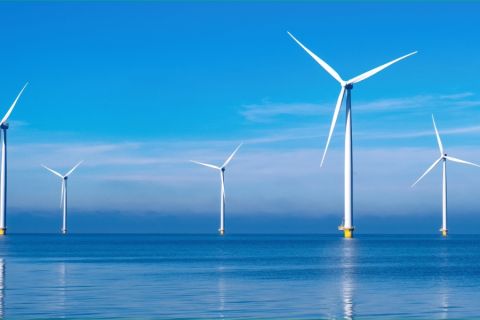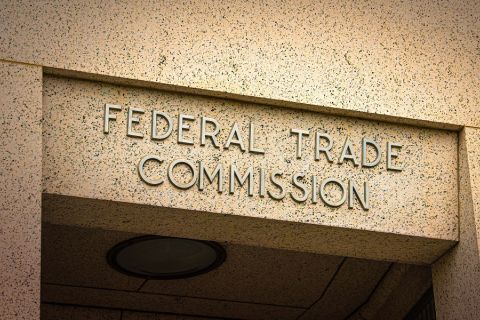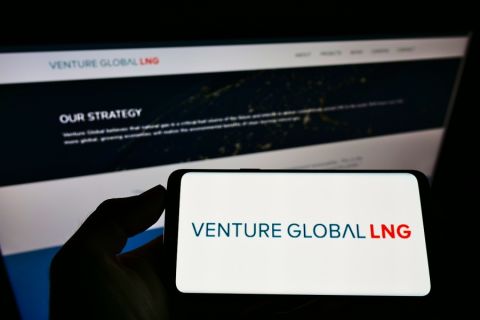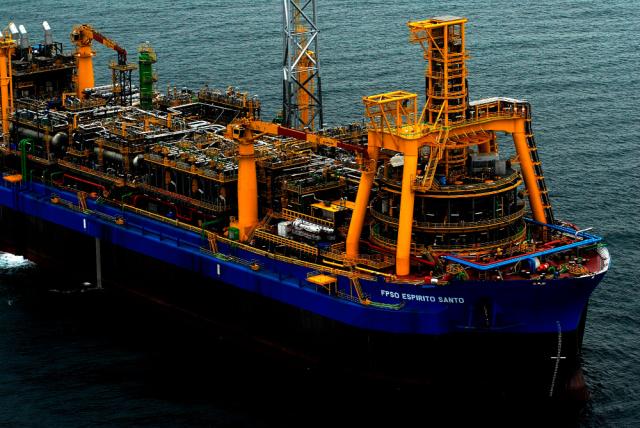
The FPSO Espírto Santo, operated by SBM Offshore, is moored in about 1,800 m of water at Parque das Conchas (BC-10) offshore Brazil. (Source: Shell Brazil)
RIO DE JANEIRO—The Parque das Conchas (BC-10) oil area, located in the deepwater Campos Basin offshore Brazil, helped Anglo-Dutch major Royal Dutch Shell become a leading operator in Brazil.
Currently, Shell has 29 E&P contracts in Brazil. The company started production offshore Brazil at the Fluminense Field in 2004. However, the Parque das Conchas Field can be considered an example of how technology can lead to safe and profitable fields.
With 10 years of production, Parque das Conchas has reached a milestone as it becomes a mature asset.
Hart Energy talked to Shell Brazil BC-10 Operations Manager Mandy Lewis, whose comments have been edited for clarity and length, about the importance of the field for the company, its operational challenges and technological achievements.
How is the importance of BC-10 for Royal Dutch Shell in the company’s global portfolio?
Lewis: With BC-10, Shell has become an important IOC [international oil company] in Brazil. Today, Shell’s upstream operations account for 13% of all operations in Brazil, which is a lot. BC-10 helped us to understand how we can be a trustful operator. With the start of this project, we really get our feet into the doorway.
Can you speak about the challenges Shell Brazil faced with this the asset?
Lewis: BC-10 has so many different reservoirs with a lot of different challenges. We have very high gas producing fields. We have fields with high CO2 content and fields with very high viscosity heavy crude. So out of the gate, for BC-10 there was a lot of technology for the teams to really figured out how they produce this oil.
And how did Shell Brazil overcome these challenges?
Lewis: Looking back 15 years ago, when this project really kicked off, the biggest issue was how to get the booster to lift and get the crude from the reservoirs to the actual FPSO [FPSO Espírto Santo, operated by SBM Offshore, has a storage capacity of about 2 million barrels and operates in a water depth of 1,780 m]. One of the biggest milestones and advancements BC-10 brought to Shell was the subsea pumping [technology]. Electrical submersible pumps cool off of the reservoirs to get this heavy crude to have enough pressure to make it to topsides of the FPSO.
Can we say this is the most significant technological achievement achieved in BC-10?
Lewis: Indeed. This technological achievement is a very unique application. We have another asset in the Gulf of Mexico in the Perdido Field, which has some similar vantage. Those two assets were really pioneers for the subsea pumping industry. So, a lot of partnership and collaboration with Baker Hughes to figure out how we can deploy subsea pumps and set on the bottom of the seafloor and safely bring oil up to the FPSO.
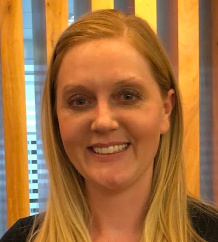
(Source: Shell Brazil)
As I previously said, BC-10 came with a lot of challenges. So, the team had to deliver through technology to be able to overcome these challenges to reach the 10 years of production that we did. We have developed with Baker Hughes those ESPs. That was a huge collaboration to advance that technology. These pumps sit on the floor of the seabed, got huge caissons and when they pull them out of the water it can be taller than the Statue of Liberty. This technology did not exist 20 years ago. And because of assets like BC-10 that technology really advanced and really spread up throughout the industry to make these reservoirs into a very profitable center to be able to produce oil and gas.
It is because of assets like BC-10 the industry is where it is at now in terms of how it can deliver some of these challenging fields, challenging reservoirs, to get that oil up to topsides.
How do you see the future of the asset?
Lewis: We got 10 years under the belt, and looking into the future we want to continue producing oil and gas safely at BC-10. So, the oil and gas area comes with a lot of different opportunities for us to figure out how to do that. … Thinking about [field] life extension, historically we have done two phases of field development. Recently this year we drilled and completed two new wells for BC-10. Looking into the future, we want to continue drilling field wells and really truly reach the full potential economic life of this asset.
BC-10 is definitely a mature asset. Shell drilled 52 wellheads throughout the life of BC-10. So, in the early days, of course, we had a very high production. Now, we are producing between 45,000 and 50,000 barrels of oil per day and we are looking forward to continuing drilling wells to keep us around 35,000 to 40,000 barrels of oil per day in the future.
How do you see Brazil for Shell upstream business in general?
Lewis: Brazil is an exciting market right now for the upstream side of the business. Every oil company wants to be in Brazil right now, and Shell is very fortunate that we’re already here. We started 15 years ago and the success of BC-10 helped to pave the future for us to continue to be a strong operator in Brazil. We are currently about 13% of Brazil’s entire production. From a market perspective, we just want to continue to grow.
Recommended Reading
US Interior Department Releases Offshore Wind Lease Schedule
2024-04-24 - The U.S. Interior Department’s schedule includes up to a dozen lease sales through 2028 for offshore wind, compared to three for oil and gas lease sales through 2029.
Utah’s Ute Tribe Demands FTC Allow XCL-Altamont Deal
2024-04-24 - More than 90% of the Utah Ute tribe’s income is from energy development on its 4.5-million-acre reservation and the tribe says XCL Resources’ bid to buy Altamont Energy shouldn’t be blocked.
Mexico Presidential Hopeful Sheinbaum Emphasizes Energy Sovereignty
2024-04-24 - Claudia Sheinbaum, vying to becoming Mexico’s next president this summer, says she isn’t in favor of an absolute privatization of the energy sector but she isn’t against private investments either.
Venture Global Gets FERC Nod to Process Gas for LNG
2024-04-23 - Venture Global’s massive export terminal will change natural gas flows across the Gulf of Mexico but its Plaquemines LNG export terminal may still be years away from delivering LNG to long-term customers.
US EPA Expected to Drop Hydrogen from Power Plant Rule, Sources Say
2024-04-22 - The move reflects skepticism within the U.S. government that the technology will develop quickly enough to become a significant tool to decarbonize the electricity industry.

